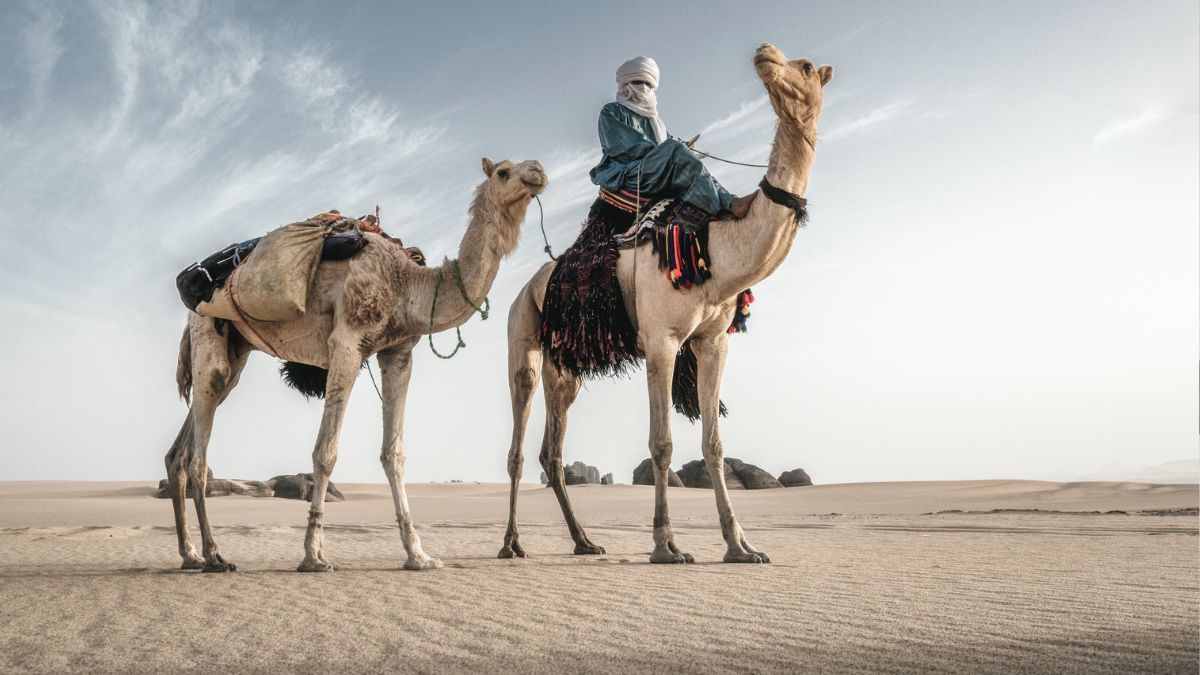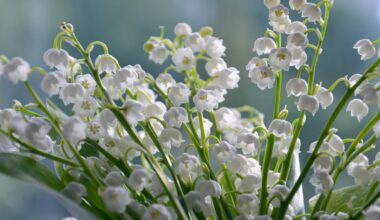Camels, with their distinctive humps and resilient demeanor, have long captured the imagination of people around the world. These desert-dwelling creatures are not only icons of endurance and survival but also possess a myriad of remarkable traits and adaptations. These qualities make them uniquely suited to their environment. In this article, we’ll delve into the lesser-known aspects of camel biology, behavior, and history to uncover 10 amazing facts about these extraordinary animals.
Dual Hump Distinction
One of the most recognizable features of camels is their distinctive humps. However, not all camels have the same number of humps. There are two main species of camels: the dromedary camel, which has a single hump, and the Bactrian camel, which sports two humps. The humps serve as reservoirs of fat, providing camels with a vital source of energy in their arid desert habitats.
Water Conservation Masters
Camels are renowned for their ability to survive in harsh, water-scarce environments. One of their most impressive adaptations is their remarkable water conservation abilities. Camels can go for extended periods without drinking water, thanks to their efficient metabolism and ability to reabsorb moisture from their own breath. Additionally, their urine is highly concentrated, minimizing water loss and maximizing hydration.

Incredible Load Carriers
Camels have been indispensable to human societies for thousands of years, serving as invaluable pack animals in desert regions. These sturdy creatures are capable of carrying heavy loads across long distances with minimal water and food requirements. Their ability to traverse rugged terrain and withstand extreme temperatures makes them ideal companions for desert travel and trade.
Temperature Regulation
In addition to their water-conserving adaptations, camels have evolved several physiological mechanisms to cope with the extreme temperatures of their desert habitats. Their thick fur insulates them from the scorching heat during the day and provides warmth during chilly desert nights. Furthermore, camels can regulate their body temperature by altering their rate of perspiration, allowing them to remain cool in hot conditions.
Vocal Communication
While camels are often associated with their characteristic grunts and groans, they are capable of a surprisingly diverse range of vocalizations. Camels use various sounds, including grunts, hisses, and bellows, to communicate with one another. These vocalizations serve social functions such as establishing dominance, expressing aggression, or signaling distress.

Remarkable Eyelashes
Camels possess long, thick eyelashes that serve as natural protection against sand, dust, and harsh sunlight. Their eyelashes act as barriers to prevent debris from entering their eyes, allowing them to navigate desert landscapes without irritation or discomfort. Additionally, camels have a third, transparent eyelid called a nictitating membrane, which further shields their eyes from foreign particles.
Unique Foot Anatomy
Camels have specialized feet adapted to walking on sand and other soft surfaces. Unlike most mammals, camels have two toes on each foot, which are fused together by a thick pad of skin. This split hoof helps distribute the camel’s weight evenly, preventing them from sinking into the sand and providing traction on uneven terrain. Additionally, camels’ wide, splayed toes help them navigate sandy dunes with ease.
Selective Diet Preferences
Despite their reputation as voracious eaters, camels are actually quite selective in their dietary preferences. They are herbivores, primarily feeding on thorny shrubs, dry grasses, and desert plants. Camels have specialized digestive systems that allow them to extract nutrients from tough, fibrous vegetation and tolerate high levels of salt, which is abundant in their desert habitats.

Longevity and Endurance
Camels are known for their remarkable longevity and endurance, with some individuals living up to 40 years or more in captivity. Their ability to withstand harsh environmental conditions and endure prolonged periods of exertion makes them invaluable assets in desert ecosystems and traditional nomadic cultures.
Cultural Significance
Beyond their biological adaptations, camels hold profound cultural significance in many societies around the world. They feature prominently in the folklore, traditions, and daily lives of desert-dwelling communities, serving as symbols of resilience, hospitality, and wealth. Camels have played crucial roles in trade caravans, religious rituals, and nomadic lifestyles for centuries, leaving an indelible mark on human history.
From their dual humps to their remarkable water conservation abilities, camels are truly extraordinary creatures. They have evolved to thrive in some of the harshest environments on Earth. Their unique biology, behavior, and cultural significance continue to captivate and inspire people worldwide. By delving into the lesser-known aspects of camel adaptations and characteristics, we gain a deeper appreciation for these remarkable animals and the intricate web of life they inhabit in the world’s deserts.










